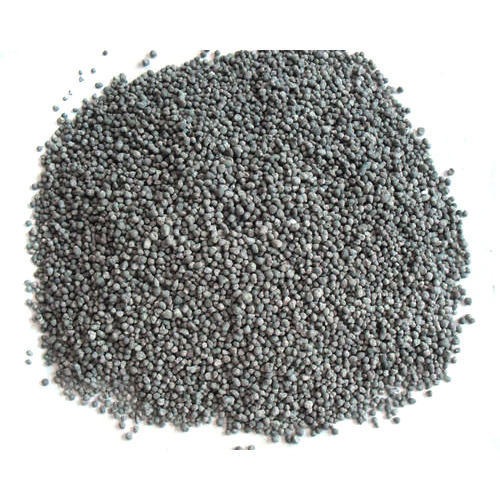IUPAC Name
Single Super Phosphate
Cas Number
8011-76-5
HS Code
31031000
Formula
Ca(H3PO4)2
Appearance
Black Granule
Common Names
SSP
Packaging
As per customers request
Brief Overview
Single superphosphate contains 20% of phosphorus Single superphosphate was the first commercial mineral fertilizer, and it led to the development of the modern plant nutrient industry. This material was once the most commonly used fertilizer. It is commonly used on vegetables, bulbs and tubers, blooming trees, fruits, roses and other flowering plants.
SSP is also known as ordinary superphosphate and normal superphosphate. It's sometimes confused with triple superphosphate (TSP) production, which results from reacting rock phosphate with phosphoric acid
Manufacturing Process
The modern fertilizer industry was launched in the 1840s with discovery that the addition of sulfuric acid to naturally occurring phosphate produced an excellent soluble fertilizer, given the name “superphosphate.” Ground animal bones were first used in this reaction, but natural deposits of rock phosphate (apatite) soon replaced the limited supply of bones. Making SSP is similar to what naturally occurs with bones or apatite in acid soils. The basic technique has changed very little in the past century. Ground phosphate rock is reacted with sulfuric acid to form a semi-solid, which cools for several hours in a den. The plastic-like material is then conveyed to a storage pile for several weeks of additional curing. The hardened material is then milled and screened to the appropriate particle size or granulated. The general chemical reaction is
Ca3(PO4)2 [rock phosphate] + 2 H2SO4 [sulfuric acid] → Ca(H2PO4)2 [monocalcium phosphate] + 2 CaSO4 [gypsum].
SSP can easily be produced on a small scale to meet regional needs. Since SSP contains both monocalcium phosphate (MCP, also called calcium dihydrogen phosphate) and gypsum, no problems arise with phosphogypsum byproduct disposal unlike the manufacture of other common P fertilizers.
Agricultural
SSP is an excellent source of three plant nutrients. The P component reacts in soil similarly to other soluble fertilizers.
The presence of both P and sulfur (S) in SSP can offer an agronomic advantage where both of these nutrients are deficient. In agronomic studies where SSP is demonstrated to be superior to other P fertilizers, it’s usually because of the S, Ca (or both) that it contains. When locally available, SSP has found widespread use in fertilizing pastures where both P and S are low. As a source of P alone, SSP often costs more than other, more concentrated fertilizers; therefore it has declined in popularity.
Non-Agricultural
SSP is primarily used as a crop nutrient source. However, MCP and gypsum (the two primary ingredients in SSP) appear in many products. For example, MCP is commonly added to enrich animal feed, and bakers routinely use it as a leavening agent. Gypsum is widely used in the construction industry, as well as in the food and pharmaceuticals world.
